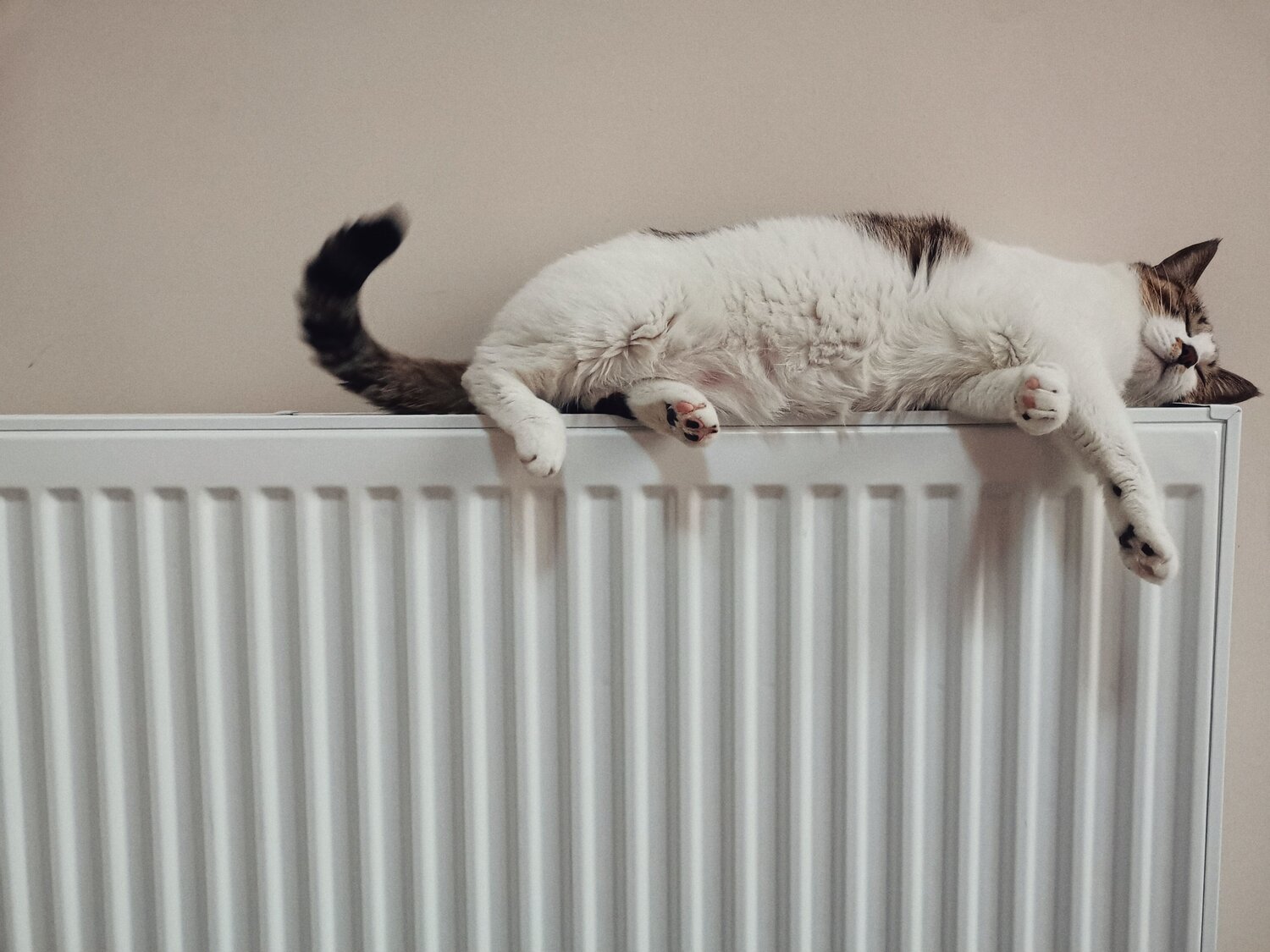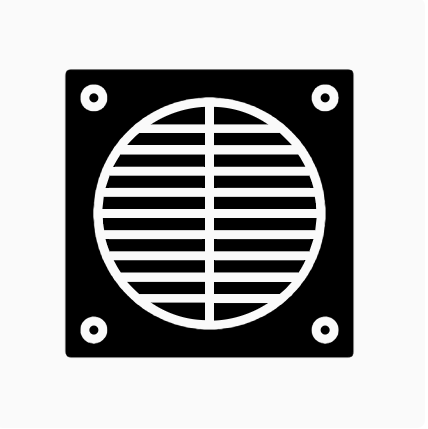March 18, 2021
HVAC Basics for First Time Home Owners

You’ve signed on the dotted line, and the place is yours – congratulations! First-time homeownership is an incredible milestone, and it comes with a new level of responsibility. Suddenly you have to care for infrastructure you may never have considered before! Let’s have a look at the HVAC basics you need to know to keep your home in tip-top shape.
‘HVAC’ stands for Heating, Ventilation, and Air Conditioning, and your HVAC system is responsible for heating, cooling, filtering, and circulating the air around your home. First-time homeowners often have questions about HVAC basics – can HVAC systems transmit COVID-19? Do they need to be professionally cleaned? How often should the air filters be changed?
First things first: let’s go over the individual components of your HVAC system.
HVAC Basics
- Furnace
- Filter
- Evaporator coil
- Air Ducts
- Vents
- Thermostat
HVAC basics: What are the main components of an HVAC system?
Between heating, cooling, and moving air around your home, the HVAC system has a variety of different components and parts. Each of these elements has unique maintenance needs, so it’s important to know the HVAC basics to keep everything running smoothly.
Furnace
This is the largest element of your HVAC basics. The furnace, usually in your basement, is where the air is heated and recirculated back into the house.
In a gas-powered furnace, a gas-fed flame heats the air in the combustion chamber. The air fan blower blows the air through the combustion chamber and back into the ducts.
There are more elements to the furnace, but when it comes to HVAC basics, this is what you need to know. Your furnace should be cleaned every year with a vacuum, soap, and warm water.
HVAC Basics: Furnace Alternatives
Most of this article will focus on the HVAC systems powered by furnaces because these are the most common here in Utah, but your HVAC system may also be using one of these alternatives.
Boiler
In an HVAC system powered by a water boiler, gas or other fossil-fuels are burned to heat water in the boiler, and the hot water is funneled around the house into radiators, which radiate heat to control the temperature in the building. These systems are less common, but they can be incredibly efficient.

If you have a furnace-powered HVAC system, you will also have a boiler – but this isn’t part of your HVAC system, as it deals with heating water for your personal use and is part of the plumbing system.
Heat-pump
A heat-pump takes warm air from outside, concentrates it, and redistributes it indoors. In cooling mode, it will do the same thing, but with cold air instead. This is often the most efficient form of HVAC, but it often relies on backup gas heaters because it can’t operate when outdoor temperatures fall below a certain temperature.
Filter
When it comes to HVAC basics, changing the filter on the furnace is the most fundamental form of home maintenance. The filter in your HVAC system catches dust and other debris before it can clog the fan in the blower.
Furnace filters come in different types – fiberglass and pleated. Fiberglass filters are flimsier and cheaper, allowing more through. Pleated filters, while slightly more expensive, are far sturdier and their increased surface area allows them to catch more dirt.
For more information, check out our in-depth guide to how often you should change your furnace filter. If you’re just looking for HVAC basics, though, you should change your furnace air filter every three months.
Evaporator Coil
This is a key component to be aware of as you learn your HVAC basics: it’s responsible for cooling the air in your home. In most units, it sits above your furnace, and when your HVAC system is set to cool things down, the air blower in your furnace directs the air into the evaporator coil
This is full of refrigerant, a cooling liquid that, as air passes over it, cools it down. The now cool air is then blown through the ducts into the rest of the house.
Air Ducts
These are like the blood vessels of your HVAC basics – the ductwork that funnels air to and from the furnace. With fans that direct the flow of air in and out of the system, the ducts circulate air from room to room to keep the air fresh and to ensure the temperature remains consistent.
When things get stuck in the ducts, however, this can cause real problems for the ventilation system. You’d be shocked to see the kind of things we’ve found cleaning air ducts over the years!
Vents
These are the most obvious HVAC basics, the visible openings into your ventilation system, covered in adjustable grilles.

There are two different kinds of vents: supply vents and return vents. Supply vents take the air that has been heated or cooled in the furnace and distribute it into your home. Return vents take the air from the house and suck it back into the system to be filtered and heated or cooled again.
Thermostat
This is the part of HVAC basics that is most familiar to people. The thermostat acts as the way that you control your HVAC system by communicating to the furnace. You set the temperature in your home, turning your system into cooling or heating mode and determining what hours it can run. Many systems allow you to run the blower fan without having the heating or cooling elements on – this is purely for circulation purposes, but is largely unnecessary in a residential home.
Many HVAC systems now have ‘smart thermostats’ which can be linked to an app and controlled no matter where you are. Keep in mind that thermostats are sometimes battery-powered, so be sure to keep them running with fresh batteries.
Final Thoughts on HVAC Basics for First Time Homeowners
As you can see, HVAC basics are fairly simple to understand. With just a little bit of regular maintenance, your HVAC system will serve you with no issues.
If your newly-purchased house a few years old, get your air ducts professionally cleaned! We’ll be able to assess if your HVAC system needs anything more to be in the best condition, and we’ll set you up to run smoothly for years to come.

Leave a Reply